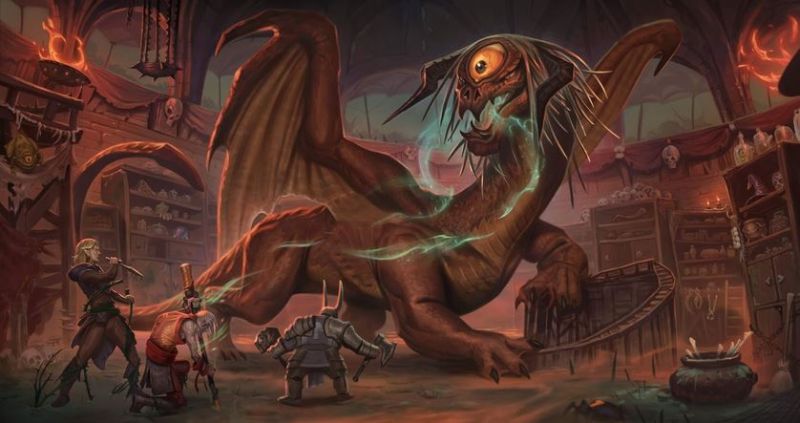 Full Abilities:
Full Abilities:-
Summon Spirits of Inhalation
 Abilities:
Abilities:-
Intellect Extraction
-
Time Inhalation, Major
-
Legendary Defenses
 Attack Abilities:
Attack Abilities:-
Necrotic Bite (d12)20000 gp
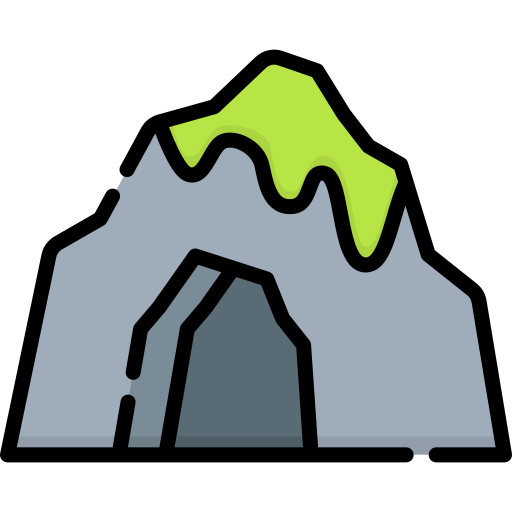 Lair:
Lair:-
Hag Dragon Lair
 Monster Bits:
Monster Bits:-
1360 Animal Bone0.03 gp
-
2550 Animal Fat0.5 gp
-
5100 Animal Meat0.05 gp
-
1190 Dragon Blood10 gp
-
1700 Hard Skin0.1 gp
-
2040 Hag Dragon Scale25 gp
A true dragon, warped by dark fey magic, confronts you. Its head bears a singular orange orb, displacing two vestigial eyes. Mottled scales blend brown and yellow hues. An arcane aura envelops the creature, and as it breathes, a spine-chilling sensation courses down your spine, attesting to the mystical power emanating from this enchanting and eerie presence.
🧬 Biology & Physiology
Adult dragons are immense, reptilian beasts with rippling muscle, armored scales, and mighty wings capable of lifting their vast forms into the skies. Their size varies by species—typically ranging from 30 to 60 feet in length. Their scales are not just beautiful but nearly impenetrable, offering immense resistance to both physical strikes and magical forces.
🧠 Intelligence & Behavior
Dragons are not mere beasts—they are brilliant minds. Many possess wisdom and cunning that rivals the greatest mortal scholars and tacticians. Some can even wield arcane magic. Their behaviors differ by alignment and temperament: while some are fiercely territorial loners, others enjoy manipulating or even leading societies.
🏰 Lairs & Hoards
Dragons build their lairs in remote, formidable places—craggy mountains, ancient forests, underwater caverns. Within lies their legendary hoard: a glittering cache of gold, gemstones, magical relics, and treasures gathered over centuries. These hoards are not just wealth, but a reflection of a dragon’s pride, power, and history.
🔥 Breath Weapons
A dragon’s signature ability is its devastating breath weapon, unique to its type:
- 🔥 Fire (e.g., red dragons)
- ❄️ Ice (white dragons)
- ⚡ Lightning (blue dragons)
- ☠️ Poison (green dragons)
- 🧪 Acid (black dragons)
This power can level armies, melt stone, or scatter foes in a single exhalation.
✨ Magical Abilities
Beyond sheer physical dominance, many dragons are naturally magical. They may:
- Cast spells
- Shape-shift into other forms
- Cloak their lairs with illusions
- Control weather or natural elements
- These abilities often mirror their elemental alignment and make them even more unpredictable and dangerous.
📚 Cultural Impact
Dragons are woven deeply into the myths, religions, and folklore of countless civilizations. Some are worshipped as deities, others feared as cataclysmic monsters, and many seen as keepers of ancient secrets. Their presence often shapes entire cultures, influencing art, tradition, and legend.
🌿 Ecological Role
As apex predators, dragons dramatically shape their environments. Their mere presence shifts the behavior of other species, from prey migration patterns to predator hierarchies. Some dragons even forge symbiotic bonds, protecting smaller creatures in exchange for tribute or service.
⚖️ Alignment & Morality
A dragon’s moral alignment deeply influences its actions:
- Chromatic dragons (red, blue, green, black, white) → Typically evil
- Metallic dragons (gold, silver, bronze, brass, copper) → Generally good
This contrast defines whether they are villains to be vanquished or allies to be revered.
⏳ Lifespan & Aging
Dragons live for millennia. As they age, they grow in size, power, and intellect. The eldest—ancient or great wyrms—are beings of nearly divine might, with knowledge that spans epochs. However, their immense age also brings inflexibility and stubborn pride.
🌟 In Summary
Adult dragons are awe-inspiring forces of nature, balancing brute strength, profound intellect, and magical prowess. Whether as terrifying foes or mystic mentors, they offer endless possibilities for adventure, storytelling, and worldbuilding in any fantasy realm.
-
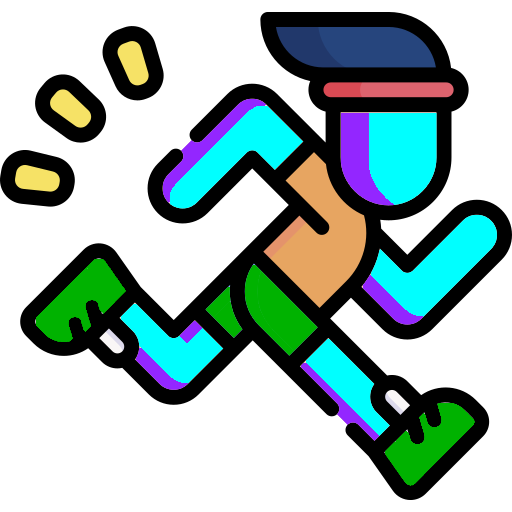 Speed:
Speed:
-
 Walking Speed:
+40
Walking Speed:
+40
-
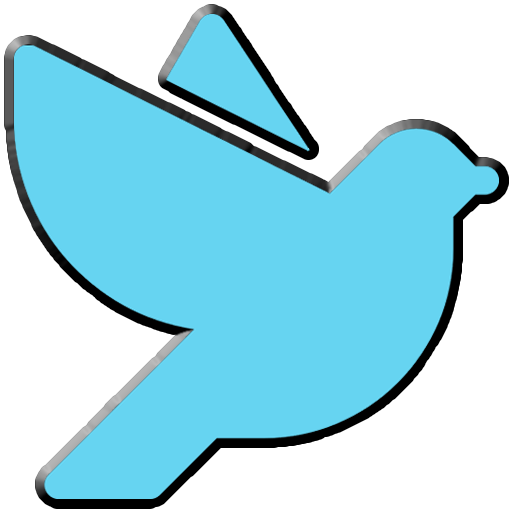 Flying Speed:
+80
Flying Speed:
+80
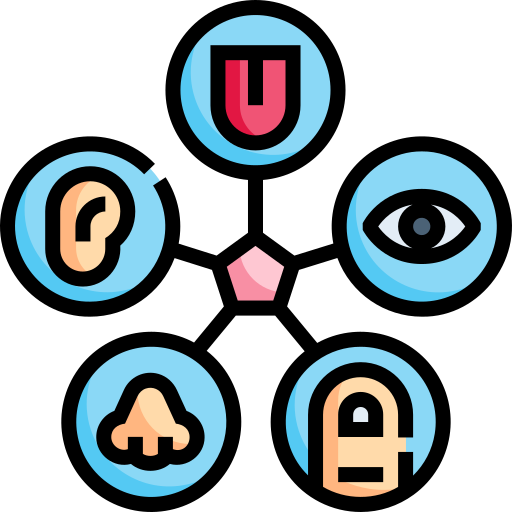 Special Senses:
Special Senses:-
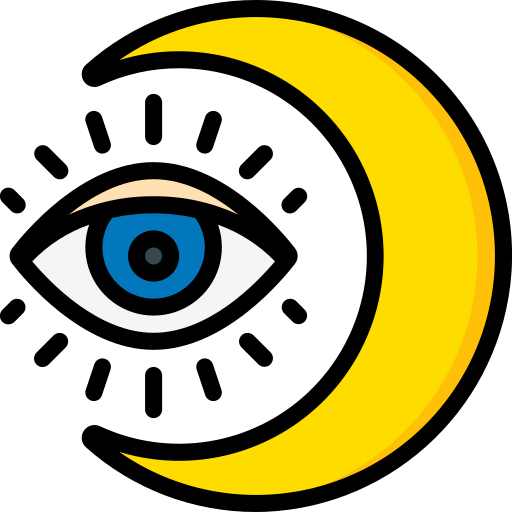 Nightsight: +120
Nightsight: +120
-
 Blindsight: +60
Blindsight: +60
 Immune to Status Effect:
Immune to Status Effect:-
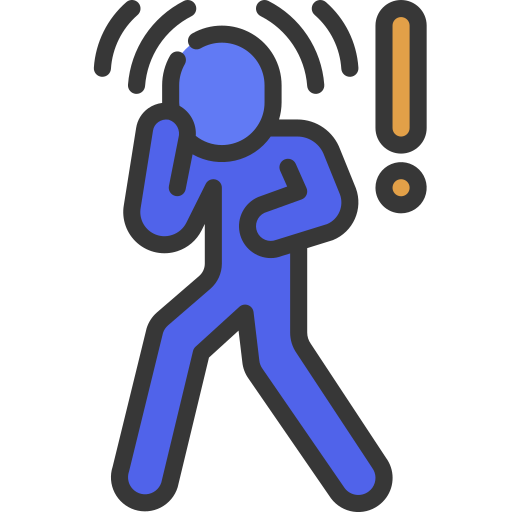 Frightened
Frightened
 Natural Armor:
Natural Armor:-
Natural Armor +90 gp
 Natural Weapon(s):
Natural Weapon(s):-
Bite (10) (2d10)
-
Claw (2d6)
-
Tail (15) (2d8)
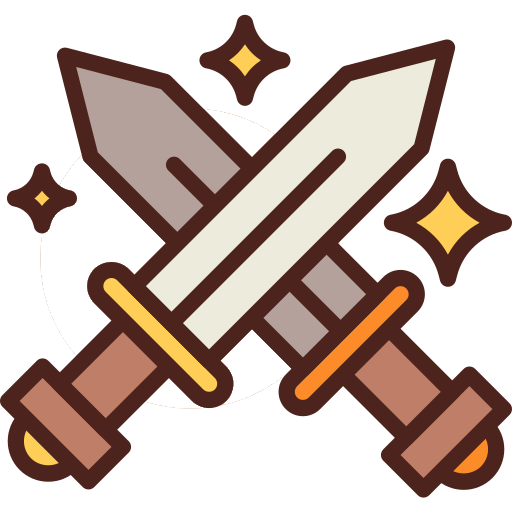 Extra Attack: +4
Extra Attack: +4
 Abilities:
Abilities:-
Wing Whirlwind
 Quick Abilities:
Quick Abilities:-
Legendary Detection
 Free Abilities:
Free Abilities:-
Frightful Presence
 Skill Tier 2:
Skill Tier 2:-
 Common Language Skill
Common Language Skill -
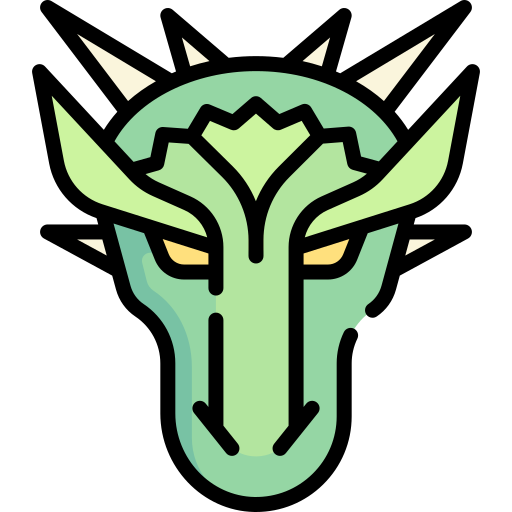 Draconic Language Skill
Draconic Language Skill
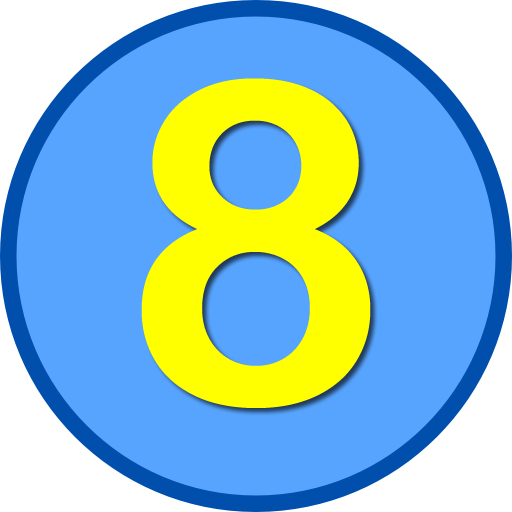 Skill Tier 8:
Skill Tier 8:-
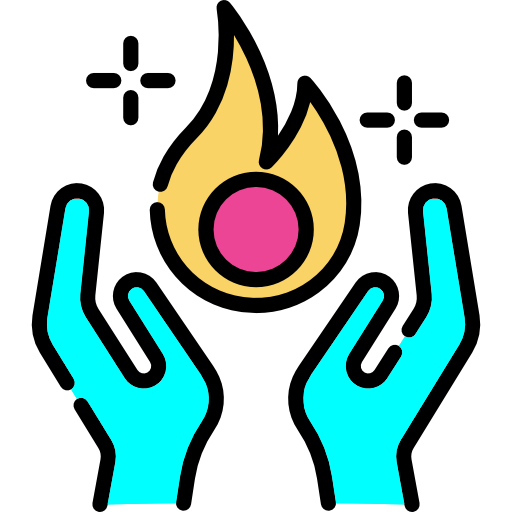 Bending Weapon Skill
Bending Weapon Skill -
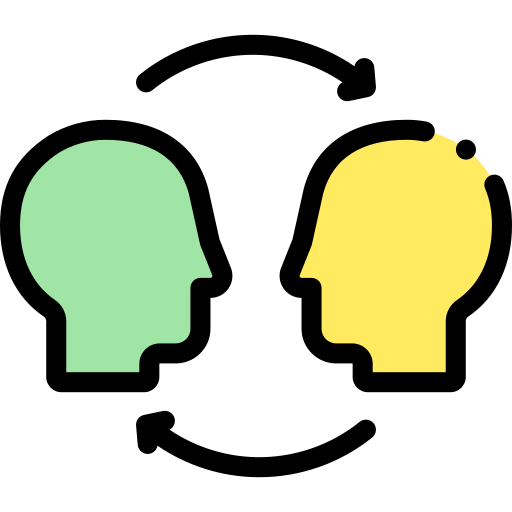 Empathy
Empathy -
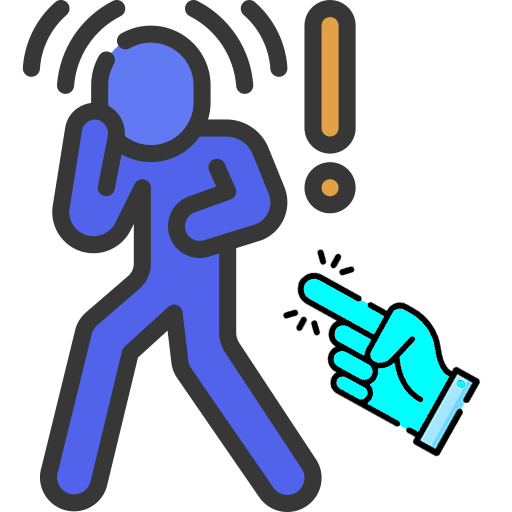 Frighten
Frighten -
 History
History -
 Inspection
Inspection -
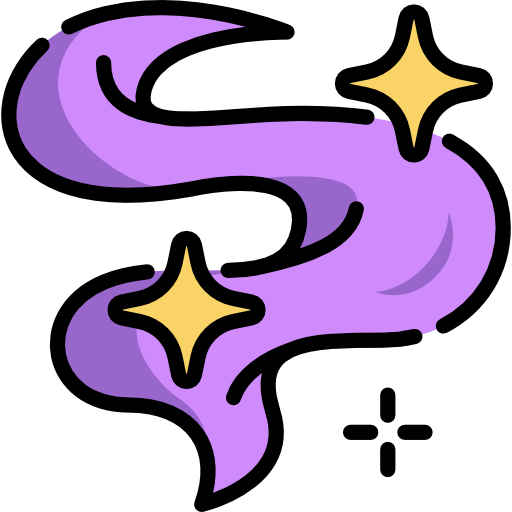 Magic
Magic -
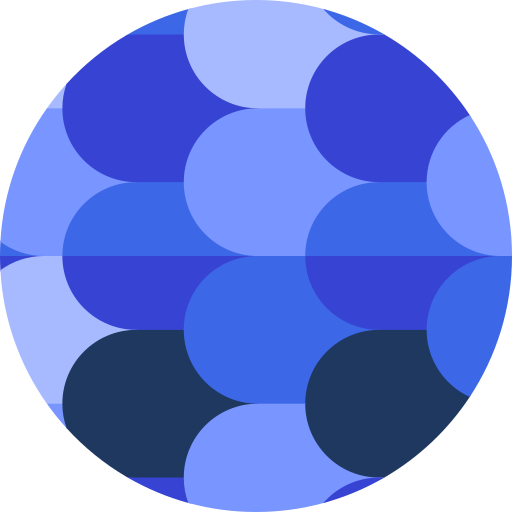 Natural Armor Skill
Natural Armor Skill -
 Natural Weapon Skill
Natural Weapon Skill
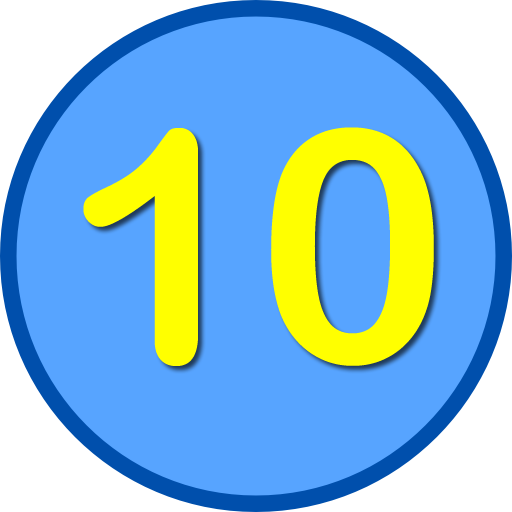 Skill Tier 10:
Skill Tier 10:-
 Attention
Attention -
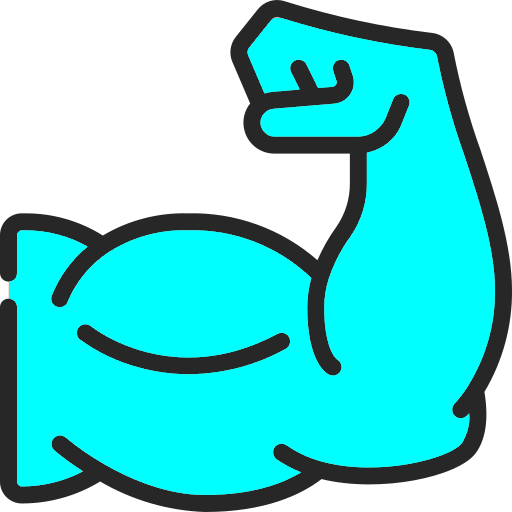 Fortitude
Fortitude -
 Influence
Influence -
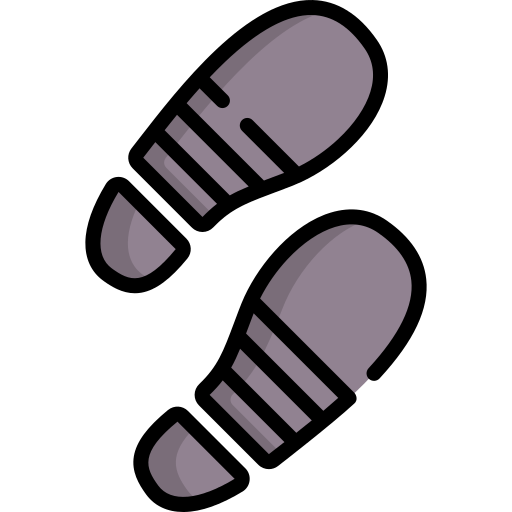 Sneak
Sneak -
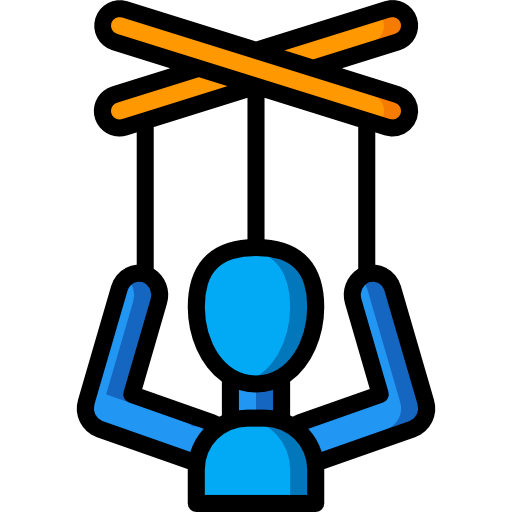 Willpower
Willpower
🧙♀️ The Sinister Hag Dragons
Hag Dragons are grotesque marvels of dark fey magic, born from the twisted rituals of powerful hag covens. These abominations, hatched from corrupted dragon eggs, are far more perilous than any true dragon, blending draconic might with the malevolent cunning of their creators. Their existence is a blight on the world, their unnatural growth and insatiable hunger for life making them a threat to all who cross their path.
🌑 Fey-Forged Monstrosities
Crafted through a profane ritual, Hag Dragons emerge from dragon eggs of any lineage—chromatic, metallic, or otherwise—transformed into something wholly unnatural. The wyrmling that hatches bears only faint echoes of its original draconic heritage, such as a shimmer of metallic scales or a hint of chromatic hue, but these are mere vestiges overshadowed by its warped form. Their bodies are a grotesque fusion of draconic and fey traits: jagged horns twist like gnarled branches, eyes glow with an eerie, hag-like malice, and their scales pulse with an unnatural sheen. Their breath, a miasma of aging magic, withers flesh and saps vitality, marking them as creatures of decay and dread.
⏳ Timeless Predators
Hag Dragons defy the natural order of time, their bodies untouched by the passage of years. Without intervention, they would remain wyrmlings indefinitely, but their uncanny magic allows them to grow through a horrific process: draining the life essence of other creatures. Their breath weapon accelerates aging in its victims, reducing vibrant beings to frail husks while fueling the dragon’s rapid maturation. This stolen vitality propels Hag Dragons through growth stages at an alarming rate, each year absorbed amplifying their power exponentially. Unlike true dragons, whose strength grows over centuries, a Hag Dragon can become a devastating force in mere months, making them unpredictable and catastrophic threats.
Hags often exploit this trait, keeping Hag Dragons young and pliable to serve as enforcers or guardians. Yet, this control is tenuous—mistreated Hag Dragons, upon reaching sufficient power, turn on their creators with savage retribution, their draconic pride and fey cunning making them fiercely independent. A Hag Dragon that breaks free is a force of unrestrained destruction, its wrath as merciless as the hags who birthed it.
🕸️ Coven-Bound Terrors
Though rare, the notion of Hag Dragons forming covens strikes terror into the hearts of even the bravest. Like their hag progenitors, Hag Dragons could theoretically unite to weave rituals of unimaginable power, their combined magic capable of shattering kingdoms or reshaping reality itself. Such a coven would be a apocalyptic force, blending draconic might with fey sorcery to cast spells that rend the earth, summon unending blights, or twist the minds of entire populations. The mere possibility of such a gathering drives sages to warn of vigilance, for a Hag Dragon coven could herald an age of darkness if left unchecked. Fortunately, their individualistic natures make such alliances unlikely—unless a shared goal or charismatic leader unites them.
🧪 Unnatural Ambitions
Hag Dragons inherit the cunning and ambition of hags, but their draconic blood infuses them with a hunger for dominance that surpasses their creators. They are not content to lurk in swamps or ruins; many seek to carve out territories, amass hoards, or manipulate mortal societies from the shadows. Their shapeshifting, a gift of their fey heritage, allows them to infiltrate courts or villages as beguiling humanoids or monstrous beasts, sowing discord or gathering secrets to further their schemes. Unlike true dragons, whose greed focuses on wealth, Hag Dragons crave power over life itself, hoarding stolen years and bending others to their will through fear or enchantment.
🏰 Lairs of Decay
Hag Dragons claim lairs that reflect their dual nature—haunted groves, cursed marshes, or ancient ruins where fey and draconic magic intertwine. These sanctuaries are shrouded in an aura of decay, where plants wither, waters stagnate, and the air hums with eerie whispers. Their lairs are labyrinthine, guarded by traps that age intruders or illusions that twist perception, ensuring only the cunning or desperate reach the dragon’s inner sanctum. Treasures within are eclectic, blending hag-like fetishes—bones, cursed trinkets, and grimoires—with draconic wealth like gems and artifacts, all steeped in the stench of rot and time.
🌌 Harbingers of Doom
In a campaign, Hag Dragons are unparalleled antagonists, their unnatural origins and rapid growth making them dynamic and terrifying foes. They challenge adventurers not just with physical might but with moral and strategic dilemmas—how does one combat a creature that grows stronger with every life it steals? Encounters may involve thwarting a hag coven’s ritual, freeing a young Hag Dragon from its creators, or facing a fully matured monstrosity bent on reshaping the world. Their lairs are stages for desperate battles, where time itself becomes a weapon. To confront a Hag Dragon is to face a creature born of betrayal and ambition, a living curse whose very existence defies the natural order.
Covens
A coven of Hag Dragons consists of three Hag Dragons in cooperation. When all members of the coven are within 60 feet of one another, they can cast the following spells by sharing ![]() Mana.
Mana.
- 1st level
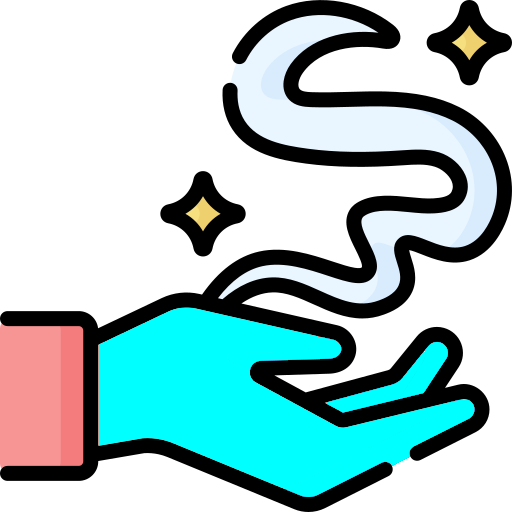 Fog Cloud
Fog Cloud Hideous Laughter
Hideous Laughter- 2nd level
 Darkness Sphere
Darkness Sphere Locate Object
Locate Object- 3rd level
 Animate Dead, Minor
Animate Dead, Minor Counterspell
Counterspell- 4th level
 Summon Arcane Eye
Summon Arcane Eye Puzzling Confusion
Puzzling Confusion Charm Monster
Charm Monster- 5th level
 Animate Objects,
Animate Objects, Cone of Cold
Cone of Cold Illusory Twinning
Illusory Twinning- 6th level
 Eyebite
Eyebite Move Earth
Move Earth- 7th level
 Finger of Death
Finger of Death Forcecage
Forcecage- 8th level
 Control Weather
Control Weather Horrid Withering
Horrid Withering- 9th level
 Imprisonment
Imprisonment Mass Polymorph
Mass Polymorph Time Stop,
Time Stop, True Polymorph
True Polymorph Wish Fulfillment
Wish Fulfillment
-
 Speed:
Speed:
-
 Swimming Speed:
[speed_walking]
Swimming Speed:
[speed_walking]
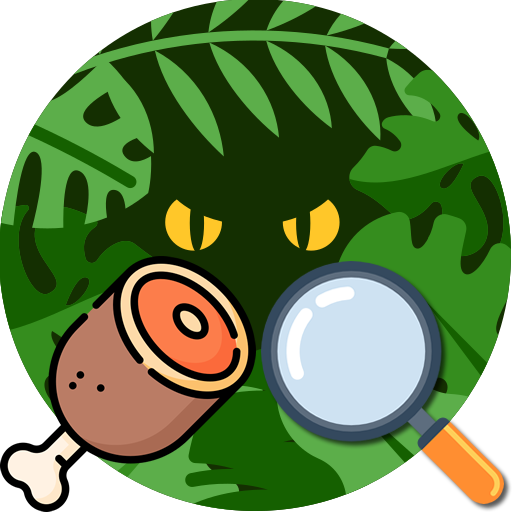 Creature Type Monster Bits:
Creature Type Monster Bits:-
0.12 Hag Dragon Scale25 gp
 Passive Abilities:
Passive Abilities:-
Amphibious1000 gp
-
Mimicry500 gp
 Abilities:
Abilities:-
Intellect Extraction
Environments:
![]()
![]()
![]()
![]()
![]()
